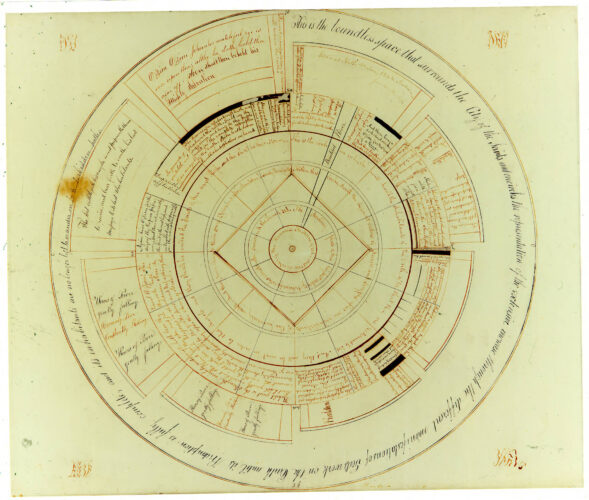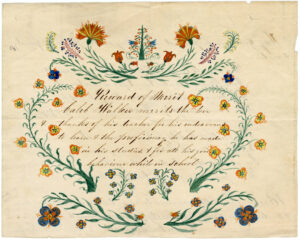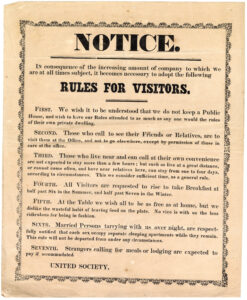Shakers and Spirits: The Era of Manifestations in Ohio

The United Society of Believers in Christ’s Second Appearing, commonly known as the Shakers, is a Christian sect founded around 1747. They were called “Shakers” or the “Shaking Quakers” because of their ecstatic worship services, which could include dancing and speaking in tongues. The first Shakers in America, led by Mother Ann Lee, arrived in 1774 and founded a community at Watervliet, New York. In the early 19th century, the Shakers expanded westward, establishing settlements in Ohio and Kentucky, and even as far west as Indiana. Their beliefs were based on spiritualism and included the idea that individual Shakers received messages from the Holy Spirit, angels, and other visitors from the spirit realm.
When the Shaker movement reached its peak in the mid-19th century, there were believed to be between 2,000-4,000 Shaker believers living across 18 major settlements and numerous smaller communities. This peak in popularity coincided with the Era of Manifestations, also known as Mother Ann’s work. This period lasted from 1837 through the mid-1850s. The period was characterized by an increase in spiritual revelations and communications from the spirit realm. According to Shaker tradition, heavenly spirits visited believers with messages in the form of visions. Recipients of these visions were often young women who would dance, speak in tongues, and reveal their visions to the rest of the community. Recipients often wrote down the information communicated in their visions or recorded the communications in the form of gift drawings such as the one pictured above.

Membership in Shaker communities began to decline in the decades following the Civil War, and today the only remaining Shaker settlement is the Sabbathday Lake Shaker Village in Maine. At the peak of popularity in the 19th century there were four Shaker settlements in Ohio. One of the earliest was Watervliet in Kettering, Ohio, which was named after the first Shaker settlement in Watervliet, New York. The Watervliet, Ohio settlement was active until 1900 when the village was closed and the remaining residents relocated to the Union Village settlement in Lebanon, Ohio.

Union Village was founded in Turtle Creek, Ohio in 1805 and by 1818 was one of the largest Shaker settlements with a population of over 600. As with other Shaker settlements, the population declined in the second half of the 19th century and by the 1870s there were no longer enough adult members to support the village’s various industries and farms.
The Shaker settlement of North Union was founded in 1822 in what is now Shaker Heights. The settlement was closed in 1899 and today none of the original Shaker building remain.
The last of the Shaker settlements to be established in Ohio was the White Water Shaker Village in Hamilton County. It was founded in 1824 and closed in 1916. Today the village is a historic site and one of the most intact remaining Shaker settlements. The historic village includes the only surviving brick Shaker meetinghouse.
Thank you to Katy Scullin, Ohio Memory Program Coordinator at the Ohio History Connection, for this week’s post!



Leave a Reply
You must be logged in to post a comment.